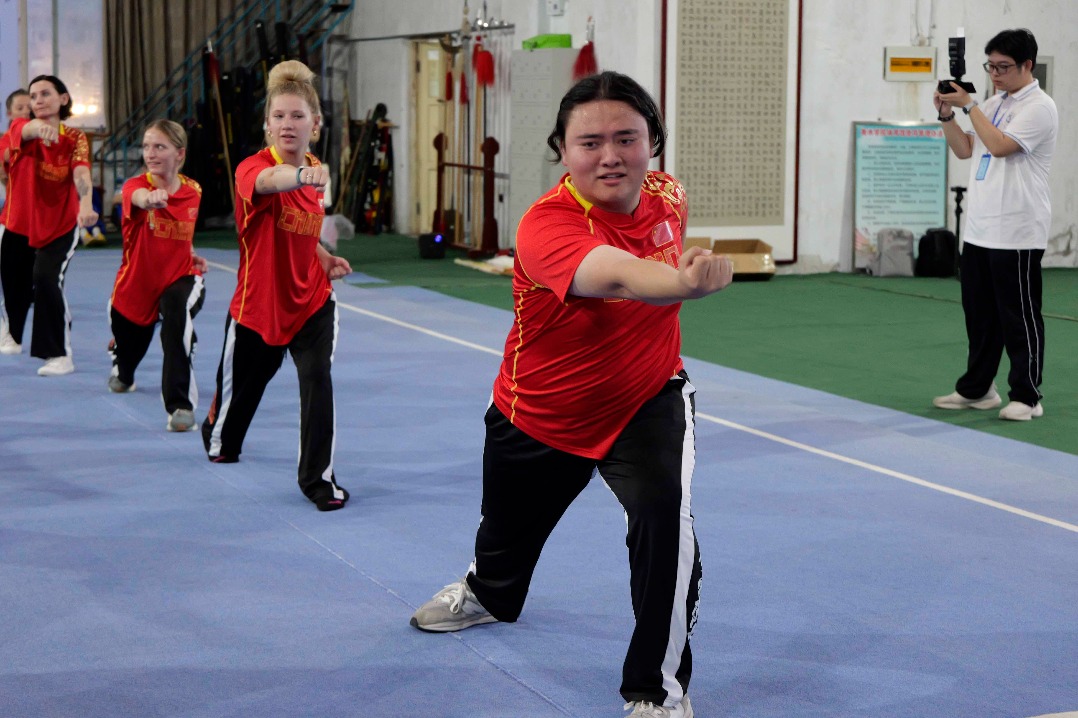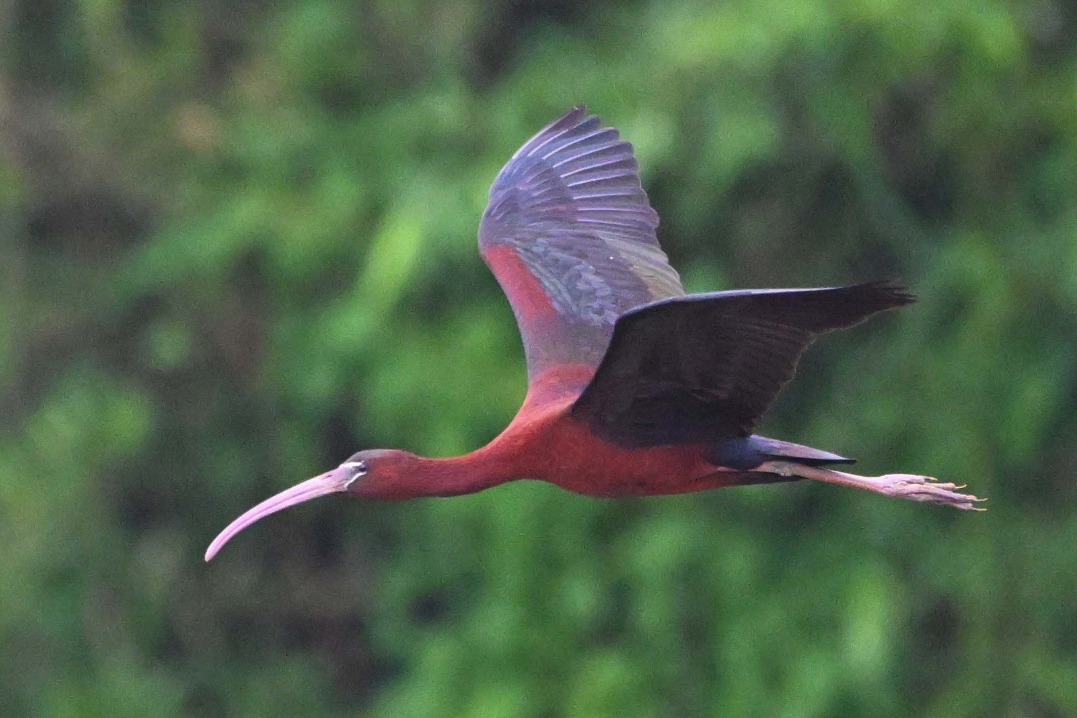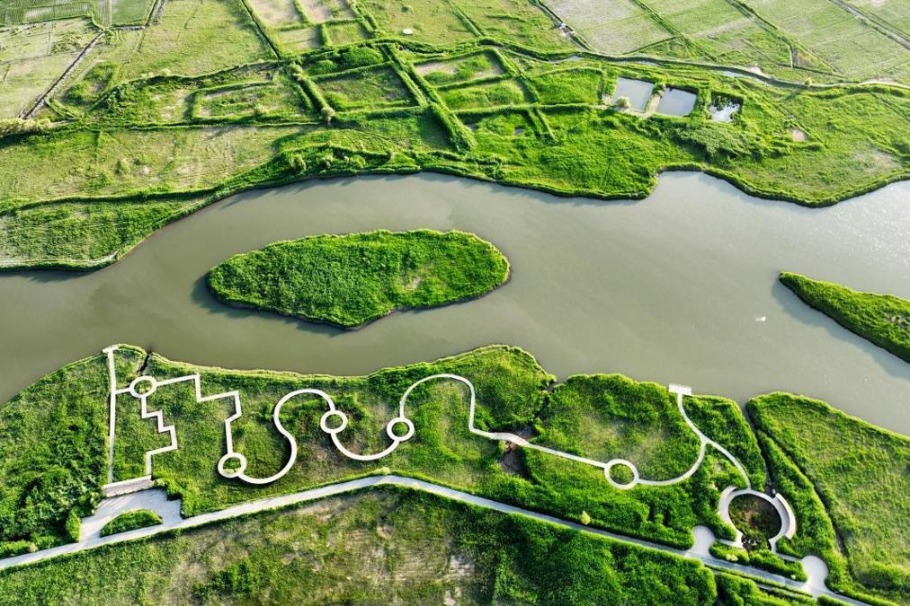Space tech underpins stellar Games


From snowfall and cloud radars to security and safety gear, the nation's experts are leading the field. Zhao Lei reports.
Ren Jingwei, a radar engineer at China Aerospace Science and Industry Corp's Second Academy, used to design defense technologies for the country's armed forces.
Several years ago, though, the focus of his work shifted to natural elements such as wind, snow and ice.
He is one of a group of researchers and engineers at the academy's 23rd Institute tasked with using their expertise to serve a massive sports gala-the ongoing 2022 Beijing Winter Olympic Games.
"We have situated three wind-profiler radars, two millimeter-wave cloud radars and 41 automatic meteorological stations around the Winter Games' sporting venues," Ren said.
The wind-profiler radars use phased array technology to detect wind speed and direction at various elevations above the ground, while the millimeter-wave cloud radars observe cloud and mist. Meanwhile, each of the automatic meteorological stations contains a range of sensors to collect data about factors around it such as wind, atmospheric pressure, humidity and temperature, according to Ren.
- Global experts call for using BRI to tackle climate crisis
- AI-driven system helps cut copyright disputes in Textile City
- Xi urges hard work to build strong China as CPC marks 120th birth anniversary of veteran leader Chen Yun
- Tianjin fines pharma firms, individual over $50m for price-fixing
- Qingdao hosts 2025 Yellow River e-commerce expo
- Typhoon forces cancelations, evacuations in SW China





































